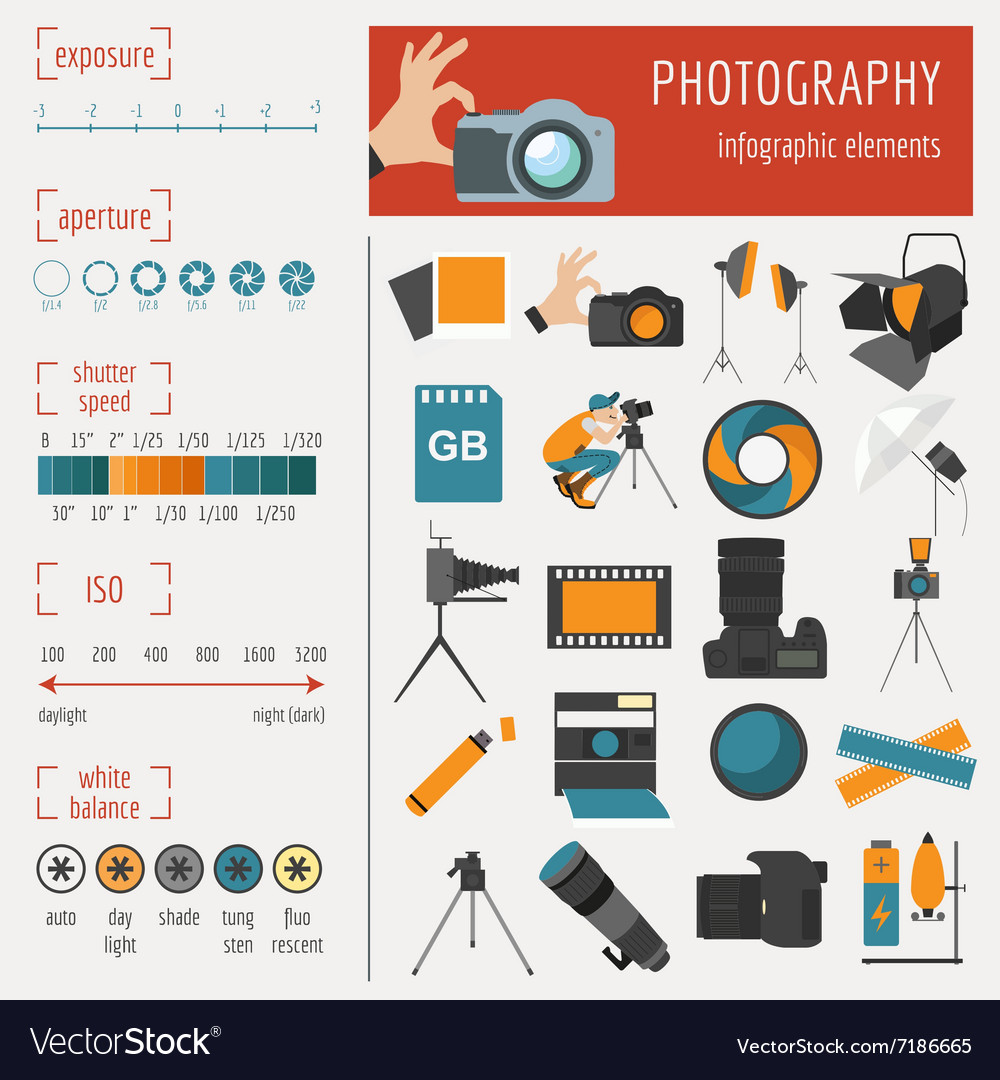The Importance Of Illumination In Digital Photography And How To Master It
The Importance Of Illumination In Digital Photography And How To Master It
Blog Article
Created By-Byskov Phelps
When you pick up your camera, you might not understand exactly how pivotal lights is in forming your images. It can change a normal scene into something extraordinary, affecting not just the clarity however also the mood of your pictures. Comprehending the intricacies of light-- its instructions, high quality, and color-- can boost your job to new elevations. Yet how do you understand these components effectively? Checking out numerous lights strategies and explore different configurations could be the trick to opening your complete capacity as a digital photographer. Let's discover what makes light not simply required, but important.
The Role of Light in Photography
Light's impact on photography can not be overemphasized; it shapes the state of mind, highlights information, and develops deepness in your images. When you pick up your camera, think of how light interacts with your subject. The instructions and high quality of light can either improve or lessen the components you intend to capture.
For instance, soft, diffused light can create a wonderful ambience, while harsh, straight light can create raw contrasts and sharp darkness.
As you experiment, see exactly how different times of day impact your shots. Morning and late afternoon typically offer the most flattering light, called the "golden hour." This warm light can create magnificent impacts that attract customers in.
On the other hand, capturing at noontime can bring about uncomplimentary shadows, so keep that in mind.
Furthermore, take into consideration the color of light. Natural light differs throughout the day, and synthetic source of lights can introduce various shades to your scenes.
Adjusting your white balance can help you attain the desired impact. Eventually, understanding the function of light will certainly transform your photography, enabling you to tell stories and evoke emotions with every picture you capture.
Types of Illumination Techniques
Frequently, professional photographers count on numerous illumination strategies to attain their wanted effects and enhance their photos. Recognizing these techniques permits you to manipulate light creatively, making a considerable difference in your digital photography.
One prominent method is natural lighting, where you utilize sunlight to illuminate your subject. This technique can create soft, lovely shadows and highlights, particularly throughout the golden hour-- shortly after sunup or before sunset.
https://www.hourdetroit.com/community/detroit-hives-beekeepers/ is the use of synthetic lighting, which includes workshop lights, speedlights, or LED panels. You can control the strength and instructions of the light, allowing for a lot more accurate results.
Backlighting is another reliable approach; positioning the light source behind your topic can produce a striking shape or highlight sides, adding deepness to your images.
https://blogfreely.net/christena2trenton/crucial-digital-photography-gear-what-you-really-required-to-begin might additionally discover high-key and low-key lighting designs. High-key illumination creates intense, equally lit images with very little shadows, while subtle lighting highlights contrast and dramatization with deep shadows.
Each method has its strengths, and experimenting with them will assist you locate your one-of-a-kind design.
Tips for Mastering Lighting
Grasping lighting can genuinely transform your digital photography, so it's vital to obtain a grasp on some sensible pointers.
First, always take note of the direction of light. Light coming from the side can develop deepness, while front lights tends to flatten your topic. Trying out backlighting for remarkable silhouettes or to highlight structures.
Next, think about the top quality of light. Soft, diffused light is frequently more flattering, particularly for portraits. You can accomplish this by shooting during golden hour or utilizing reflectors and diffusers to soften extreme sunlight.
Do not take too lightly the power of shadows! They can add intrigue and dimension to your pictures. Attempt placing your topic in a manner that enables darkness to enhance the structure.
Also, readjust your video camera settings as necessary. Use a larger aperture for even more light in reduced conditions, yet be mindful of depth of field.
Ultimately, practice makes excellent. Take your video camera out in different illumination problems and experiment. The even more you have fun with light, the better you'll recognize how to use it to your advantage.
Master these ideas, and you'll elevate your digital photography to brand-new heights!
Verdict
Mastering lighting is essential for elevating your digital photography. By recognizing how light affects your images, you can develop magnificent make-ups that communicate mood and depth. Try out various techniques and conditions, and don't avoid utilizing devices like reflectors and diffusers to enhance your shots. With technique and a determination to discover, you'll locate that manipulating light becomes second nature, enabling your creative thinking to radiate through in every picture you take.
